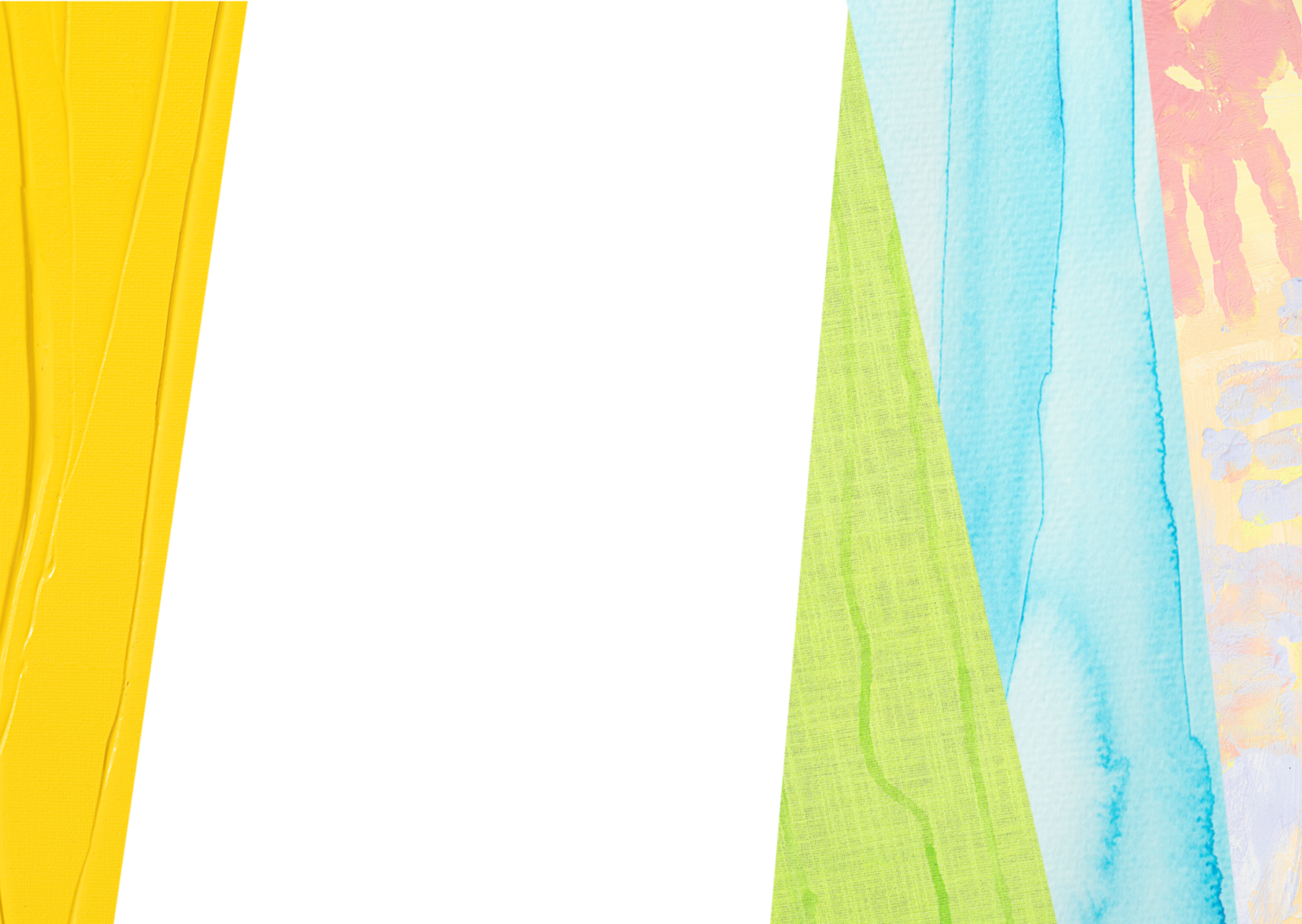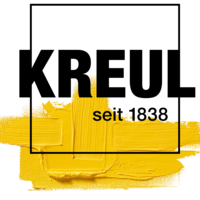
Five questions about the KREUL Textile Marker
08/21/2023 |- KREUL Textile Marker
- Ideen für Kreative
Why don’t you have to shake the KREUL Textile Marker?
You only have shake and pump markers that have a valve system. We use this system for inks with a high pigment content, e.g. for the KREUL Triton Acrylic Marker. In these markers, the shaft is used as a tank for the ink. When you shake the marker, the balls in the tank mix the colour pigments. The KREUL Textile Marker, however, is fitted with a fibre rod system. Here the ink flows direct to the tip without the need for shaking. Just pick up the textile marker and start drawing. It's as simple as that!
How should you store the KREUL Textile Marker?
Unfortunately, not standing in a pen holder on your desk. Instead, store the KREUL Textile Marker horizontally. This way, it's best prepared for your next painting project, for an even flow of ink. But when the KREUL Textile Marker starts running dry, it can help to store it with its tip downwards. The ink then collects in the tip, increasing colour intensity.
Is the KREUL Textile Marker suitable for polyester or bleached fabrics?
No, it isn’t. Polyester has very smooth fibres on which the ink in the KREUL Textile Marker can't get any grip. The ink would run on the fabric. On bleached fabrics, the ink won't give you optimal results either. But the KREUL Textile Marker works perfectly on fabrics like cotton or linen. You can also get good results on mixed fabrics containing max. 20 % manmade fibres. If you are unsure, we recommend that you test the KREUL Textile Marker somewhere that's not obvious, e.g. on an inside seam.
Can you get colour blending effects with the KREUL Textile Marker?
Of course. You can use the KREUL Textile Marker not only to draw lines or outlines. You can also use it for colour blending and shading. To do this, first paint the lighter shade and then paint the next colour into the still wet first colour. This will result in the two inks flowing and merging into each other, to give a blended colour. Then use a paper towel to clean the tip of the marker you have used for the second colour.
What is the best and most sustainable method for fixing the colours?
The best way is to fix your design is in air. Our tests have shown that washablility is best with this method, which also saves energy. No electricity is needed. Simply let the fabric dry for three days after you have painted it.
Alternatively, ironing or oven fixing has also proven effective. But this needs electricity. After a drying time of at least six hours, cover the fabric with baking paper and iron over the paper with your iron at a cotton setting for five minutes to fix the colours. Or fix the colours in a domestic oven for eight minutes at 150 °C.
Whether after three days in air or fixing with an iron or in a domestic over, the fixed textiles can be washed inside out at temperatures up to 60 °C.


